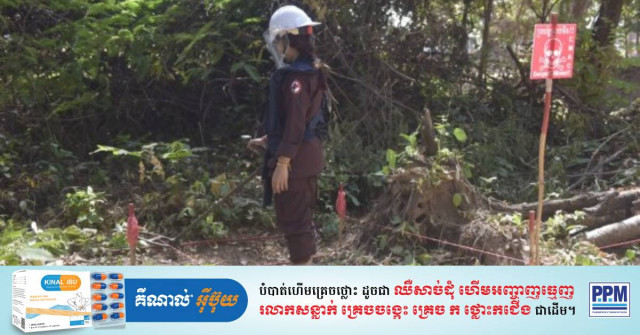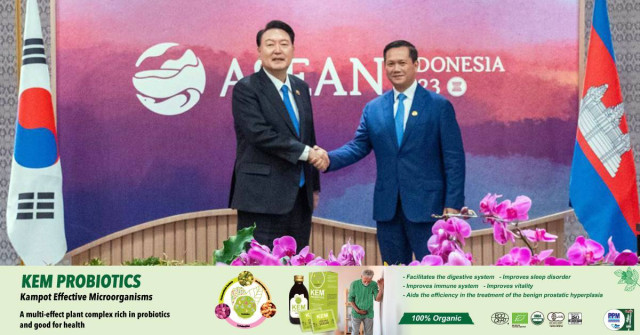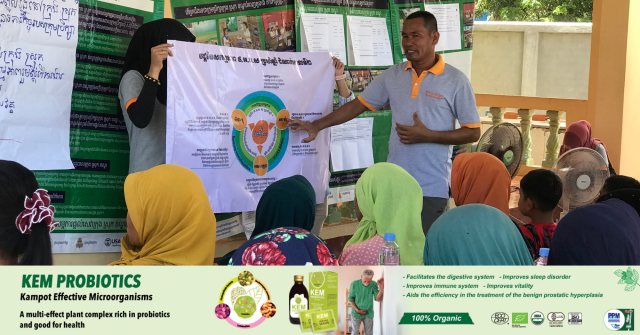Using Japanese Techniques to Grow Lotus Tubers in Cambodia with Great Results

- By Phat Dane
- July 1, 2023 5:40 PM
PHNOM PENH – Long Kunthea has been growing lotus tubers on the two hectares of land he has in Prey Veng province based on the techniques he learned during the seven years he spent working in Japan, he said.
Already, he is thinking of expanding the parcel of land he cultivates in Komchay Mear district’s Prey Chamkar village.
Moreover, the 27-year-old farmer is looking for new markets. “There are not many people growing lotus tubers [in Cambodia] yet, while some people don’t even know what it is,” he said. “Mostly they plant only lotuses. There are not many markets for tubers, so I sell them online and can supply my regular customers around 150 kilograms within a few days.”
Kunthea has been planting and growing lotus tubers since he returned to Cambodia in 2019, using the techniques he had learned while working in Japan.
Compared to some other agricultural crops, lotus tubers are easy to plant, but specific techniques and skills are required in order to get good outcomes, he said.
_1688013489_1688207522.jpg) Compared to some other agricultural crops, lotus tubers are easy to plant, but specific techniques and skills are required in order to get good outcomes. Photo provided by Long Kunthea
Compared to some other agricultural crops, lotus tubers are easy to plant, but specific techniques and skills are required in order to get good outcomes. Photo provided by Long Kunthea
Lotus tubers are resilient during any season and require only natural fertilizers and animal wastes. Once planted, it will only take around three to four months for them to be ready to harvest.
Despite his success so far, Kunthea is not rushing to increase production because the market is still limited, he said.
Collecting around 100 to 200 kilograms of lotus tubers in a few days of harvesting continuously, Kunthea can sell them for 10,000 riel ($2.50) per kilogram on Facebook, he said.
With this in mind, he is planning to expand the area the farms and also train other farmers to grow lotus tubers if the demand increases in the future, he said.
Kunthea added that he is determined to contribute to developing the country’s agricultural sector by growing here a product such as lotus tubers that had so far been available in foreign markets but can be grown in Cambodia as well.
Originally written in Khmer for ThmeyThmey, this story was translated by Meng Seavmey for Cambodianess.















